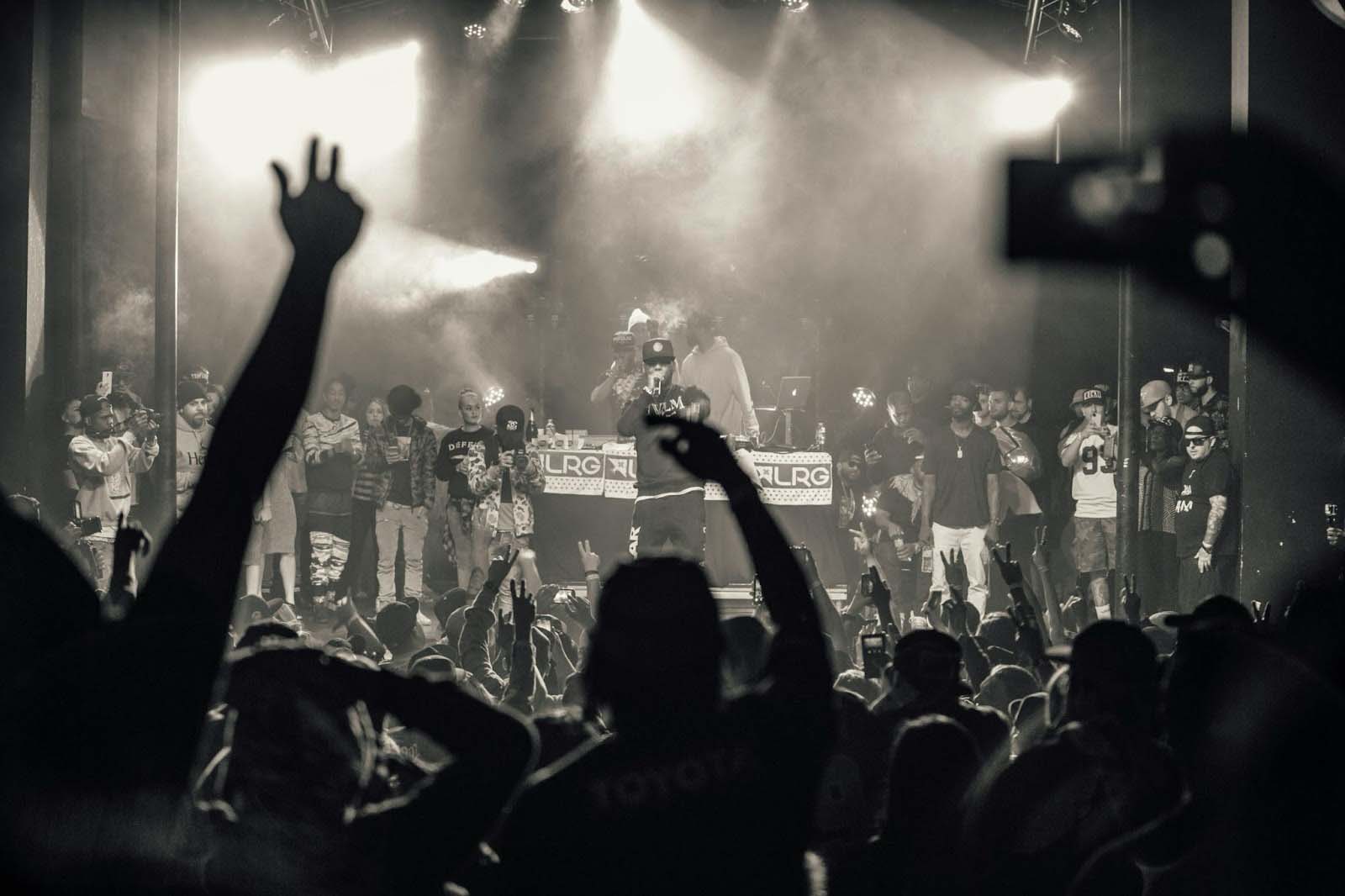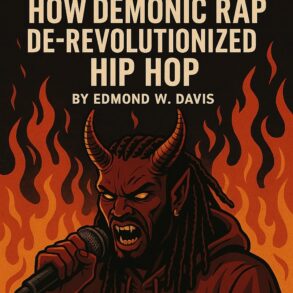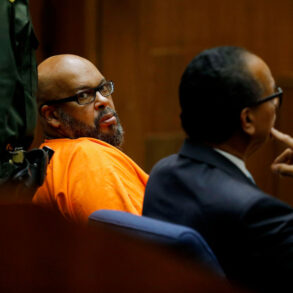
Hip-hop, born in the gritty streets of the Bronx during the late 1970s, has evolved from an underground movement to a global cultural phenomenon. A crucial element of this evolution is the transformation of hip hop concerts, tracing their roots from intimate block parties to the grandeur of stadium spectacles. This journey reflects not only the genre’s growth but also its profound impact on music, culture, and entertainment.
I. Genesis of Hip-Hop Concerts: Block Parties as Ground Zero
Hip-hop emerged from the South Bronx as a form of expression for marginalized communities. Block parties, organized by DJ Kool Herc and other pioneers, served as the birthplace of hip-hop culture. These gatherings featured DJs spinning records, MCs rhyming over beats, and breakdancers showcasing their moves. The infectious energy and communal spirit laid the foundation for the future of hip-hop concerts.
II. Rise of Underground Performances
As hip-hop gained traction, artists began performing in small clubs and venues. The raw and unfiltered nature of these underground performances resonated with audiences seeking authenticity. Artists like Grandmaster Flash and the Furious Five, Run-D.M.C., and LL Cool J were among the pioneers who honed their skills in these intimate settings, connecting directly with their fans.
III. Transition to Larger Venues: The Birth of Hip-Hop Tours
The late 1980s and early 1990s marked a turning point as hip-hop artists expanded their reach beyond local venues. Successful tours by acts like Public Enemy, N.W.A, and Beastie Boys demonstrated the genre’s commercial viability and paved the way for hip-hop’s entrance into mainstream entertainment. These tours not only showcased the diversity within hip-hop but also helped break down racial and cultural barriers.
IV. The Golden Era: Small Arenas and Amphitheaters
The 1990s, often referred to as the “Golden Era” of hip-hop, witnessed the genre’s artistic peak and a surge in live performances. Artists like Tupac Shakur, The Notorious B.I.G., and Wu-Tang Clan graced smaller arenas and amphitheaters, creating an intimate yet electrifying atmosphere. This era emphasized lyrical prowess and stage presence, contributing to the enduring legacy of hip-hop concerts.
V. Hip-Hop Goes Global: Festivals and International Stages
As the new millennium dawned, hip-hop’s influence expanded globally. Festivals like Coachella, Bonnaroo, and Lollapalooza welcomed hip-hop acts alongside traditional rock and pop performers. Hip-hop’s crossover appeal and ability to draw diverse audiences became evident, solidifying its place on international stages. Artists like Jay-Z, Kanye West, and Eminem headlined major festivals, further blurring genre boundaries.
VI. The Stadium Era: Hip-Hop Takes Center Stage
In the 2010s, hip-hop fully embraced the grandeur of stadium spectacles. A new generation of artists, including Drake, Kendrick Lamar, and Travis Scott, began selling out large venues and even stadiums. These shows featured elaborate stage setups, multimedia productions, and guest appearances, elevating the live hip-hop experience to unprecedented heights. The stadium era symbolizes hip-hop’s dominance in the music industry and its ability to command massive audiences.
VII. Technological Advancements: Enhancing the Concert Experience
Technological innovations have played a pivotal role in shaping the evolution of hip-hop concerts. From advanced sound systems to immersive lighting and video displays, technology has enhanced the overall concert experience. Additionally, the rise of social media and live streaming has allowed fans worldwide to participate in hip-hop events virtually, breaking down geographical barriers and expanding the genre’s global reach.
Conclusion
The evolution of hip-hop concerts from humble block parties to stadium spectacles mirrors the genre’s journey from an underground movement to a cultural force that transcends borders. The growth of hip-hop concerts reflects not only the genre’s artistic evolution but also its profound impact on society. As hip-hop continues to shape and redefine the cultural landscape, its live performances remain a testament to the power of music to unite, inspire, and evolve over time.
This post was originally published on this site be sure to check out more of their content.







